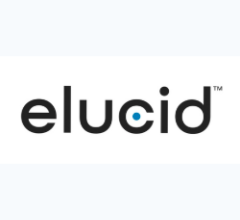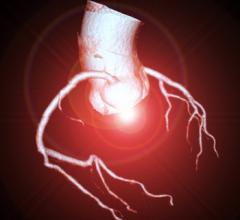February 19, 2008 – The American College of Cardiology (ACC) urges the medical community to oppose cuts to medical imaging services and support policies that foster imaging appropriateness and quality, after receiving news of a congressional intervention to delay the cuts for six months and stop the 10 percent cut to Medicare physician payment from taking place on Jan. 1.
ACC’s CardioAdvocacy Network (ACC/CAN) said in a statement posted on the ACC web site that it “appreciates Congress’ action to replace the scheduled 10 percent cut in Medicare physician payments with a .5 percent update for 2008 and continue the Physicians Quality Reporting Initiative (PQRI). The College is disappointed, however, that Congress could only agree to a six-month fix.”
The group notes that the President’s Day Congressional Recess from Feb. 15 – 25, is an opportunity for the medical community to reach out to members of the Senate and impress upon them the importance of meeting their self-imposed deadline of July 1 for preventing cuts to Medicare.
The ACC urges its members to contact their Senators and urge them to:
* stop payment cuts for 18 months;
* provide a positive update through 2009 that covers the increase in the cost of care;
* pave the way for a permanent replacement of the physician update formula; and
* oppose cuts to medical imaging services and support policies that foster imaging appropriateness and quality.
“We are ready to work with Congress after the New Year to craft a longer-term policy that reforms the flawed payment system and advances the quality and appropriateness of care provided,” ACC CEO Jack Lewin, M.D. said. “The cardiovascular community is committed to improving the quality of care, but the continued unstable Medicare reimbursement system hinders the ability of practices to implement many of the exciting quality improvement initiatives being proposed.”
For more information: www.acc.org


 January 09, 2026
January 09, 2026 









